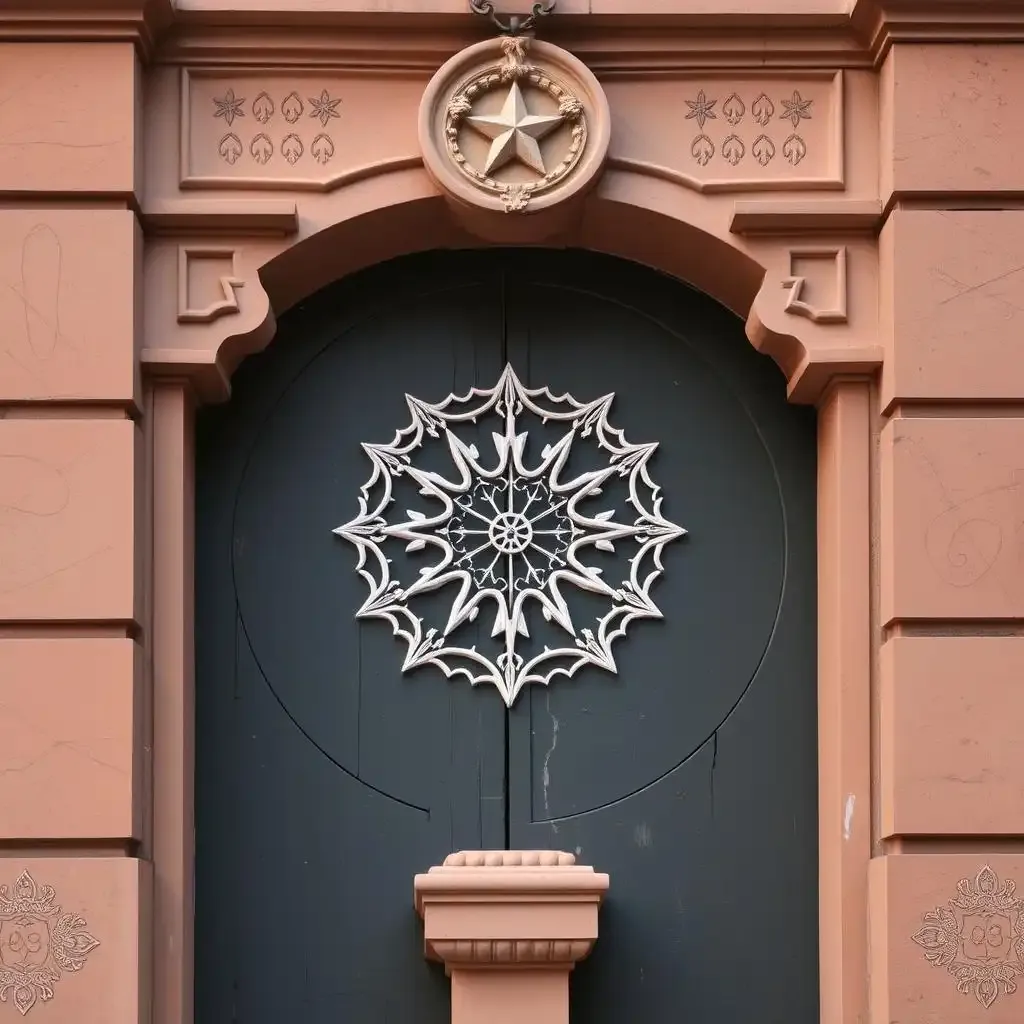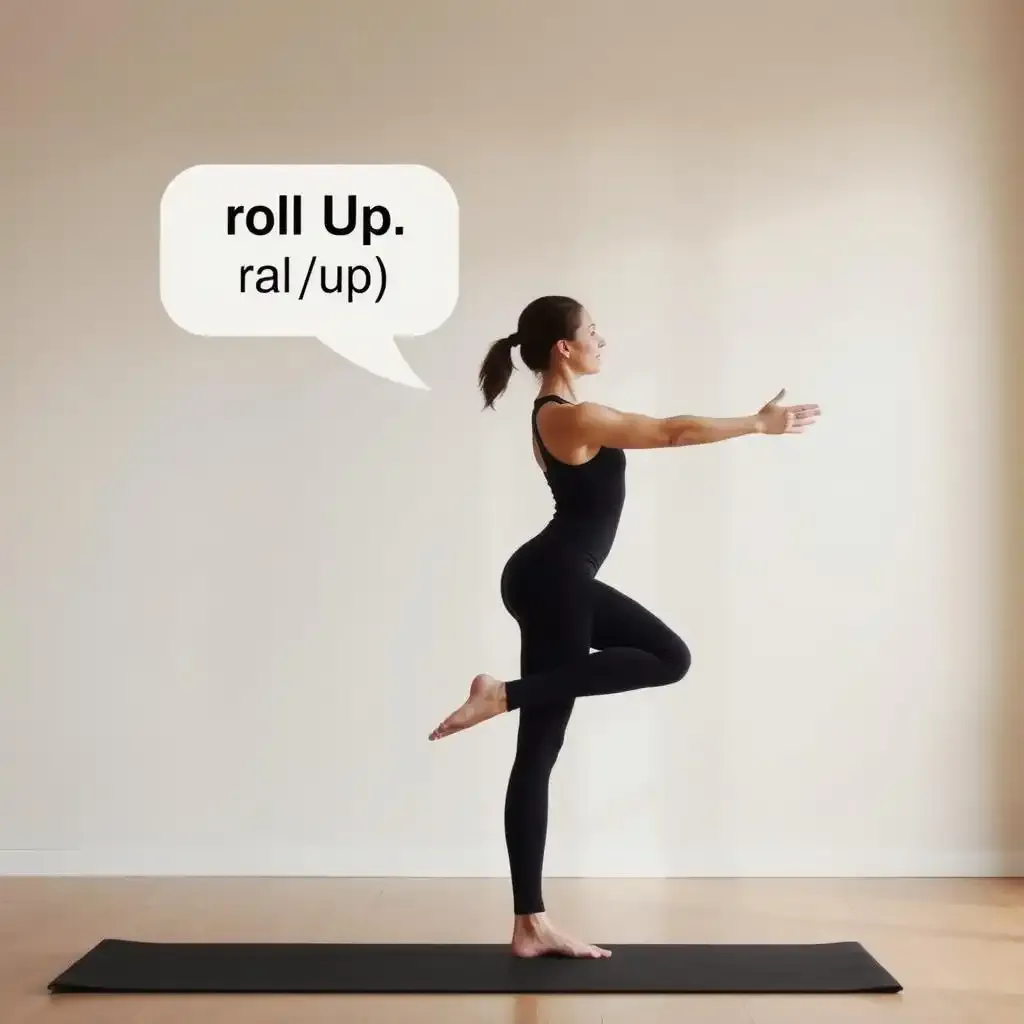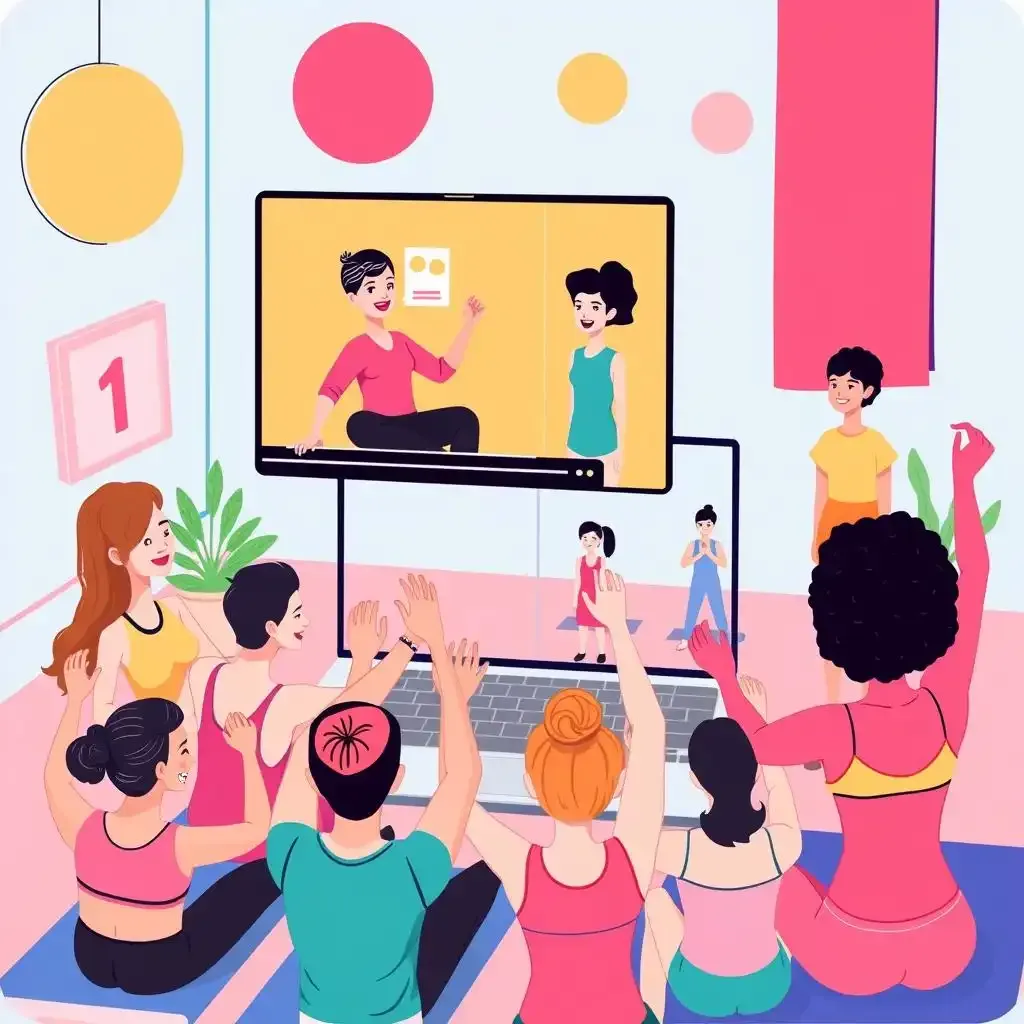Table of Contents
Welcome to kizworld's comprehensive guide to pilates pronunciation. Are you tired of feeling like a beginner in your Pilates class because you're not sure how to pronounce the movements correctly? Do you struggle to keep up with the instructions because you're not familiar with the terminology? If so, you're not alone. Pilates pronunciation can be intimidating, especially for those who are new to the practice. However, with practice and patience, you can master the correct Pilates pronunciation and take your practice to the next level. In this article, we'll explore into the history and evolution of Pilates pronunciation, cover the key principles to master, discuss common mispronunciations and how to correct them, and provide tips and best practices for Pilates pronunciation in modern times. Whether you're a seasoned Pilates practitioner or just starting out, this guide is designed to help you gain confidence in your practice and improve your overall experience. So, let's get started!
Key Term | Pronunciation | Description |
|---|---|---|
Reformer | /riːˈfɔrmər/ | A Pilates machine used for resistance training. |
Matwork | /mætwɜːrk/ | Pilates exercises performed on a mat. |
Cadastro | /kædʒˈtroʊ/ | A Pilates movement that involves rolling the spine. |
Elongation | /iːˌlɔŋˈɡeɪʃən/ | The act of lengthening the muscles. |
The History and Evolution of Pilates Pronunciation
The History And Evolution Of Pilates Pronunciation
The Origins of Pilates
Pilates has its roots in the early 20th century, created by a German named Joseph Pilates. He developed this exercise system while interned in England during World War I. Imagine Pilates as a tree, with Joseph as the seed that grew into this robust system. He was a boxer, gymnast, and self-defense trainer, so he knew a thing or two about body mechanics. His goal was to create a method that would help people strengthen their bodies and improve their overall health. The name "Pilates" is actually pronounced "puh-LAH-teez," not "pie-LAH-tees" as some might think. It's like saying "tomato" versus "tomahto"—it's all about the accent on the second syllable.
Joseph Pilates didn't just throw this system together overnight. He spent years refining it, experimenting with different exercises and techniques. He even used his fellow internees as guinea pigs, testing out his methods on them. The results were impressive, and soon enough, word spread about this new way to get fit. Pilates eventually brought his method to the United States, where it gained popularity among dancers and athletes. If you're curious about how Pilates has evolved over the years, check out our article on Pilates meaning for more insights.
Year | Event | Impact |
|---|---|---|
1920s | Joseph Pilates develops the method | Foundation of modern Pilates |
1940s | Pilates arrives in the US | Increased popularity among dancers |
Pilates Goes Global
Fast forward to today, and Pilates is a global phenomenon. It's not just for dancers and athletes anymore; people from all walks of life are embracing it. But with this global spread, pronunciation has become a bit of a mixed bag. In the UK, for example, you might hear "puh-LAH-tees," while in Australia, it could be "puh-LAH-tees" or "puh-LAH-tees." It's like how people pronounce "aluminum" differently in the US and the UK. The key is to focus on the accent on the second syllable, which is consistent across most regions.
One of the reasons Pilates has become so popular is its versatility. It can be adapted to suit different fitness levels and goals. Whether you're looking to build strength, improve flexibility, or recover from an injury, Pilates has something to offer. And with the rise of online classes, it's easier than ever to practice Pilates from the comfort of your home. If you're interested in trying out some Pilates exercises, check out our Pilates workout guide for some inspiration.
- Joseph Pilates developed the method in the 1920s
- Pilates arrived in the US in the 1940s
- Today, Pilates is a global phenomenon
Key Principles to Master Pilates Pronunciation
Key Principles To Master Pilates Pronunciation
Hey there, fellow Pilates enthusiast! Let's talk pronunciation – it's way more important than you might think. Think of it like this: if you're trying to build a magnificent castle (your Pilates practice!), you need a solid foundation (correct pronunciation). Otherwise, your whole structure might wobble and you won't get the best results. Getting the names of the exercises right helps your instructor understand what you're doing, and it helps *you* understand what you should be doing. It's all about clear communication. A simple mispronunciation could lead to a totally different exercise! For example, a slight change in emphasis can transform "roll-up" into something entirely different. This is crucial for safety and effectiveness. You can find more tips and techniques in my article on .
So, how do we build that rock-solid foundation? First, listen carefully to your instructor. Pay attention to how they pronounce each exercise. It's like learning a new language; you need to hear it, repeat it, and practice it. Don't be shy to ask questions! Your instructor is there to help you. Nobody's perfect, and even seasoned Pilates instructors sometimes need a little clarification. They'll appreciate your initiative! Speaking of questions, I bet you're wondering what resources are available online to help with pronunciation. Well, I've got a great article about that! Check out my guide on best wall Pilates app and find out how to practice.
- Listen attentively to your instructor.
- Ask questions if you're unsure.
- Practice regularly to build muscle memory.
Next, try to break down the words into smaller, easier-to-pronounce chunks. For example, "Hundred" isn't so scary if you say it slowly: "Hun-dred." See? Easy peasy, lemon squeezy! And don't be afraid to sound silly while you're practicing. I often find myself muttering Pilates terms to myself while I'm doing the dishes – it's surprisingly effective! Remember, consistent practice is key. Think of it as building a muscle – the more you use it, the stronger it gets. This applies to your Pilates muscles *and* your Pilates pronunciation muscles. Need some inspiration? Check out the amazing Pilates before and after results!
Finally, embrace the strength of repetition. Repeat the exercises and their names out loud multiple times until it feels natural. You can even record yourself and listen back. This helps you identify any areas where you might need to adjust your pronunciation. It’s like learning a song; the more you sing it, the more confident you become. And remember, it’s a process, not a race. Be patient with yourself, and celebrate your progress along the way. You might even find yourself teaching your friends about Pilates! Want to learn more about the equipment you can use? Learn more about the Pilates machine.
/roʊl ʌp/ /ˈhʌndrəd/
Common Mispronunciations in Pilates and How to Correct Them
The Sneaky "Roll-Up"
Okay, let's talk about "Roll-Up." I've heard it butchered so many times! It's not "roll-UP," with the emphasis on the "up." Think of it as a smooth, controlled movement, like a slow-motion unfurling of a flower. The emphasis is on the "roll," a gentle, spine-by-spine movement. I always imagine a slow-motion slinky uncoiling – that's the feeling you're aiming for. Get it wrong, and you might end up jerky and possibly hurt yourself. It's all about that controlled, graceful movement. Practicing in front of a mirror can be really helpful – you can see if you're doing a proper "roll" or if you're just kind of flopping around. If you're still feeling confused, you can check out my post on wall Pilates challenge for some visual aids. It might sound simple, but this exercise is much harder than it looks!
- Focus on the "roll," not the "up."
- Use a mirror to check your form.
- Practice slowly and deliberately.
Those Tricky "Hundreds"
Next up: "Hundreds." This isn't about speed; it's about controlled breathing and muscle engagement. I've heard people blast through them, like they're trying to win a race. But that's not the point! The name "Hundreds" refers to the number of small, controlled breaths you take during the exercise. It's about the precision, not the pace. Imagine you're a tiny hummingbird, fluttering its wings with incredible speed and precision. That's the kind of controlled movement you want to achieve with your arms and legs during the "Hundreds." Getting the rhythm and the breathing right is key, so don't rush it! Want to learn more about how to improve your breathing technique? Check out my tips on Pilates in Atlanta. It's all about finding that perfect balance between precision and control.
Common Mispronunciation | Correct Pronunciation | Tip |
|---|---|---|
Roll-UP | Roll-up | Emphasize the "roll" |
Hun-dreds (fast) | Hun-dreds (slow, controlled breaths) | Focus on breathing |
Pilates Pronunciation in Modern Times: Tips and Best Practices
Pilates Pronunciation In Modern Times Tips And Best Practices
Embrace Technology
Hey there, fellow Pilates lovers! Let's face it, we live in a digital age. And that's awesome for Pilates pronunciation! There are tons of online resources – videos, apps, even podcasts – that can help you nail those tricky terms. I mean, who needs a dusty old textbook when you've got YouTube? Find a Pilates instructor whose voice you like and whose pronunciation is clear. Mimic them! It's like learning a song – you listen, you repeat, and soon you're singing along perfectly. I've found some amazing resources online, and I've even created a handy guide to help you find the best wall Pilates apps. Check out my article on to find the perfect one for you! It's a game-changer!
- Use online videos to hear correct pronunciation.
- Find a Pilates instructor whose style you like.
- Practice regularly and don't be afraid to sound silly!
Join the Pilates Community
Another fantastic way to improve your Pilates pronunciation is to become part of the Pilates community! Think of it as a supportive club for pronunciation perfection. Attend classes regularly, chat with your instructor and fellow Pilates enthusiasts. Ask questions; don't be shy! There are so many awesome people in the Pilates world, and they're always happy to share their knowledge. Plus, the more you hear the correct pronunciation, the more it'll stick. It’s like learning a new language – immersion is key! And if you're struggling with some specific movements, there are plenty of online resources to help you. For instance, if you're looking for a fun challenge, check out my guide on the . It's super fun!
Resource | Benefit |
|---|---|
Online videos | Visual and auditory learning |
Pilates classes | Instructor feedback and community interaction |
Final Thought
Mastering Pilates pronunciation takes time and practice, but it's worth the effort. By following the key principles, correcting common mispronunciations, and using best practices, you can improve your overall Pilates experience and take your practice to the next level. Remember, Pilates is a progression, and it's okay to make mistakes along the way. Don't be afraid to ask your instructor for clarification or seek guidance from online resources. With patience and dedication, you'll be pronouncing Pilates movements like a pro in no time!